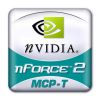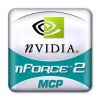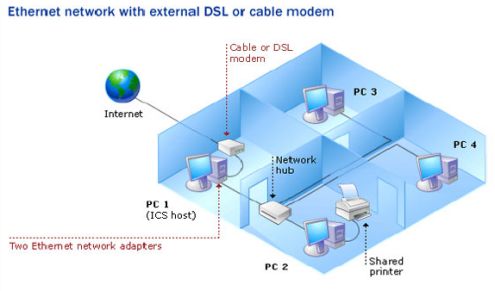Media Communications Processor(s)


Similar to nForce, both nForce2 MCP’s feature NVIDIA’s own Ethernet controller which had a very low CPU utilisation enabling streamed network data to be processed effectively. However, although NVIDIA’s Ethernet port has all the functionality of standard Ethernet controllers it wasn’t a recognised brand and to this end the MCP-T also features a second Ethernet port licensed from 3Com – this does have a recognised brand and hence will be welcomed much more readily in the corporate environment. Two Ethernet adaptors can also be of great benefit to home or small business users as well as the PC based on nForce2 with MCP-T can be used as both the Wide Area Network (Internet) gateway via one Ethernet port and for LAN access via the second Port.

Both nForce2 MCP’s have support for USB 2.0 and up to Ultra ATA/133 external and drive connectivity. USB 2.0 is fully compatible with older USB 1.1 devices, however it allows for an increased bandwidth of 480Mbs and nForce2 has the capability of controlling up to 6 ports. With the harddrive connectivity, NVIDIA decided that with the proliferation of ATA drives and the infancy of Serial ATA they’d opt to stick with the more widely recognised format for the time being; having said that they have opted to go up to Ultra ATA/133 which is currently Maxtors format, rather than being an industry adopted format, but this does also ensure full compatibility with ATA/100, 66 and 33 drives.

with dual VGA connectors replacing Serial ports, 1 IEEE-1394 (Firewire) connector
and 3 USB 2.0 connectors

